Mouse Anti-SRC Recombinant Antibody (VS3-CJ621)
CAT#: VS3-CJ621
This product is a mouse antibody that recognizes human SRC.








Specifications
- Immunogen
- KLH-conjugated synthetic peptide between 1-350 amino acids from human SRC
- Host Species
- Mouse
- Type
- Mouse IgG2b, κ
- Specificity
- Human SRC
- Species Reactivity
- Human
- Applications
- WB
- Conjugate
- Unconjugated
Product Property
- Purification
- Affinity purified
- Purity
- >95% as determined by SDS-PAGE
- Format
- Liquid
- Buffer
- PBS
- Preservative
- 0.09% Sodium Azide
- Storage
- Store at 4°C for short term. Aliquot and store at -20°C for long term. Avoid repeated freeze/thaw cycles.
Applications
- Application Notes
- This antibody has been tested for use in Western Blot (1:1000).
Target
- Alternative Names
- ASV; SRC1; THC6; c-SRC; p60-Src
- Gene ID
- 6714
- UniProt ID
- P12931
- Sequence Similarities
- Belongs to the protein kinase superfamily. Tyr protein kinase family. SRC subfamily.
- Cellular Localization
- Cell membrane, Cytoplasm, Cytoskeleton, Membrane, Mitochondrion, Mitochondrion inner membrane, Nucleus
- Post Translation Modifications
- Dephosphorylated at Tyr-530 by PTPRJ (By similarity).
Phosphorylated on Tyr-530 by c-Src kinase (CSK). The phosphorylated form is termed pp60c-src. Dephosphorylated by PTPRJ at Tyr-419. Normally maintained in an inactive conformation with the SH2 domain engaged with Tyr-530, the SH3 domain engaged with the SH2-kinase linker, and Tyr-419 dephosphorylated. Dephosphorylation of Tyr-530 as a result of protein tyrosine phosphatase (PTP) action disrupts the intramolecular interaction between the SH2 domain and Tyr-530, Tyr-419 can then become autophosphorylated, resulting in SRC activation. Phosphorylation of Tyr-530 by CSK allows this interaction to reform, resulting in SRC inactivation. CDK5-mediated phosphorylation at Ser-75 targets SRC to ubiquitin-dependent degradation and thus leads to cytoskeletal reorganization. Phosphorylated by PTK2/FAK1; this enhances kinase activity. Phosphorylated by PTK2B/PYK2; this enhances kinase activity. Upon activation of IL6ST by IL6, Tyr-419 is phosphorylated and Tyr-530 dephosphorylated (PubMed:25731159).
Isoform 1:
Displays reduced levels of autophosphorylation at Tyr-419 compared to isoforms 2 and 3.
Isoform 2:
Displays enhanced levels of autophosphorylation at Tyr-419 compared to isoform 1.
Isoform 3:
Displays enhanced levels of autophosphorylation at Tyr-419 compared to isoform 1 (By similarity).
Shows reduced phosphorylation at Tyr-527 compared to isoforms 1 and 2 (By similarity).
S-nitrosylation is important for activation of its kinase activity.
Ubiquitinated in response to CDK5-mediated phosphorylation. Ubiquitination mediated by CBLC requires SRC autophosphorylation at Tyr-419 and may lead to lysosomal degradation.
- Protein Refseq
- NP_005408.1; NP_938033.1
- Function
- Non-receptor protein tyrosine kinase which is activated following engagement of many different classes of cellular receptors including immune response receptors, integrins and other adhesion receptors, receptor protein tyrosine kinases, G protein-coupled receptors as well as cytokine receptors. Participates in signaling pathways that control a diverse spectrum of biological activities including gene transcription, immune response, cell adhesion, cell cycle progression, apoptosis, migration, and transformation. Due to functional redundancy between members of the SRC kinase family, identification of the specific role of each SRC kinase is very difficult. SRC appears to be one of the primary kinases activated following engagement of receptors and plays a role in the activation of other protein tyrosine kinase (PTK) families. Receptor clustering or dimerization leads to recruitment of SRC to the receptor complexes where it phosphorylates the tyrosine residues within the receptor cytoplasmic domains. Plays an important role in the regulation of cytoskeletal organization through phosphorylation of specific substrates such as AFAP1. Phosphorylation of AFAP1 allows the SRC SH2 domain to bind AFAP1 and to localize to actin filaments. Cytoskeletal reorganization is also controlled through the phosphorylation of cortactin (CTTN) (Probable). When cells adhere via focal adhesions to the extracellular matrix, signals are transmitted by integrins into the cell resulting in tyrosine phosphorylation of a number of focal adhesion proteins, including PTK2/FAK1 and paxillin (PXN) (PubMed:21411625).
In addition to phosphorylating focal adhesion proteins, SRC is also active at the sites of cell-cell contact adherens junctions and phosphorylates substrates such as beta-catenin (CTNNB1), delta-catenin (CTNND1), and plakoglobin (JUP). Another type of cell-cell junction, the gap junction, is also a target for SRC, which phosphorylates connexin-43 (GJA1). SRC is implicated in regulation of pre-mRNA-processing and phosphorylates RNA-binding proteins such as KHDRBS1 (Probable). Also plays a role in PDGF-mediated tyrosine phosphorylation of both STAT1 and STAT3, leading to increased DNA binding activity of these transcription factors (By similarity).
Involved in the RAS pathway through phosphorylation of RASA1 and RASGRF1 (PubMed:11389730).
Plays a role in EGF-mediated calcium-activated chloride channel activation (PubMed:18586953).
Required for epidermal growth factor receptor (EGFR) internalization through phosphorylation of clathrin heavy chain (CLTC and CLTCL1) at 'Tyr-1477'. Involved in beta-arrestin (ARRB1 and ARRB2) desensitization through phosphorylation and activation of GRK2, leading to beta-arrestin phosphorylation and internalization. Has a critical role in the stimulation of the CDK20/MAPK3 mitogen-activated protein kinase cascade by epidermal growth factor (Probable). Might be involved not only in mediating the transduction of mitogenic signals at the level of the plasma membrane but also in controlling progression through the cell cycle via interaction with regulatory proteins in the nucleus (PubMed:7853507).
Plays an important role in osteoclastic bone resorption in conjunction with PTK2B/PYK2. Both the formation of a SRC-PTK2B/PYK2 complex and SRC kinase activity are necessary for this function. Recruited to activated integrins by PTK2B/PYK2, thereby phosphorylating CBL, which in turn induces the activation and recruitment of phosphatidylinositol 3-kinase to the cell membrane in a signaling pathway that is critical for osteoclast function (PubMed:8755529, PubMed:14585963).
Promotes energy production in osteoclasts by activating mitochondrial cytochrome C oxidase (PubMed:12615910).
Phosphorylates DDR2 on tyrosine residues, thereby promoting its subsequent autophosphorylation (PubMed:16186108).
Phosphorylates RUNX3 and COX2 on tyrosine residues, TNK2 on 'Tyr-284' and CBL on 'Tyr-731' (PubMed:20100835, PubMed:21309750).
Enhances DDX58/RIG-I-elicited antiviral signaling (PubMed:19419966).
Phosphorylates PDPK1 at 'Tyr-9', 'Tyr-373' and 'Tyr-376' (PubMed:14585963).
Phosphorylates BCAR1 at 'Tyr-128' (PubMed:22710723).
Phosphorylates CBLC at multiple tyrosine residues, phosphorylation at 'Tyr-341' activates CBLC E3 activity (PubMed:20525694).
Phosphorylates synaptic vesicle protein synaptophysin (SYP) (By similarity).
Involved in anchorage-independent cell growth (PubMed:19307596).
Required for podosome formation (By similarity).
Mediates IL6 signaling by activating YAP1-NOTCH pathway to induce inflammation-induced epithelial regeneration (PubMed:25731159).
Customer Review
There are currently no Customer reviews or questions for VS3-CJ621. Click the button above to contact us or submit your feedback about this product.
Submit Your Publication
Published with our product? Submit your paper and receive a 10% discount on your next order! Share your research to earn exclusive rewards.
Related Diseases
Related Signaling Pathways
Downloadable Resources
Download resources about recombinant antibody development and antibody engineering to boost your research.
Product Notes
This is a product of Creative Biolabs' Hi-Affi™ recombinant antibody portfolio, which has several benefits including:
• Increased sensitivity
• Confirmed specificity
• High repeatability
• Excellent batch-to-batch consistency
• Sustainable supply
• Animal-free production
See more details about Hi-Affi™ recombinant antibody benefits.
Datasheet
MSDS
COA
Certificate of Analysis LookupTo download a Certificate of Analysis, please enter a lot number in the search box below. Note: Certificate of Analysis not available for kit components.
Isotype Control
- CAT
- Product Name
Secondary Antibody
- CAT
- Product Name
Recommended Dilution Buffer
- CAT
- Product Name
See other products for "SRC"
Select a product category from the dropdown menu below to view related products.
| CAT | Product Name | Application | Type |
|---|---|---|---|
| MOB-1800MZ | Recombinant Mouse Anti-Chicken SRC Antibody (clone 0.U.249) | ICC, WB | Mouse antibody |
| MRO-2199-CN | Rabbit Anti-SRC Polyclonal Antibody (MRO-2199-CN) | WB, IF, IHC, FC | Rabbit IgG |
| MRO-2383-CN | Recombinant Rabbit Anti-SRC (phosphorylated Tyr419) Monoclonal Antibody (CBACN-668) | WB, FC | Rabbit IgG |
| ZG-0442F | Mouse Anti-Src Recombinant Antibody (ZG-0442F) | WB, ELISA | Mouse IgG |
| ZG-0443F | Mouse Anti-Src Recombinant Antibody (ZG-0443F) | WB, ELISA | Mouse IgG |
| CAT | Product Name | Application | Type |
|---|---|---|---|
| MOR-3405 | Hi-Affi™ Recombinant Rabbit Anti-SRC Monoclonal Antibody (DS3405AB) | IP, WB, Dot, ICC, IF | IgG |
| MOR-4740 | Hi-Affi™ Recombinant Rabbit Anti-SRC Monoclonal Antibody (TH254DS) | WB, IF, ICC, FC | IgG |
| CAT | Product Name | Application | Type |
|---|---|---|---|
| VS13-YC1110 | CytoStream™ Rabbit Anti-SRC Recombinant Antibody (VS13-YC1110) | WB, ICC, IF, IHC-P, FC | Rabbit IgG |
| CAT | Product Name | Application | Type |
|---|---|---|---|
| VS-0525-XY6890 | Anti-SRC Immunohistochemistry Kit | IHC | |
| VS-0525-XY6891 | Anti-Mouse SRC Immunohistochemistry Kit | IHC | |
| VS-0525-XY6892 | Anti-Rat SRC Immunohistochemistry Kit | IHC |
Popular Products

Application: FC, Cyt, Stim, PP, Agonist

Application: FC, IP, ELISA, Neut, FuncS, IF, IHC

Application: Neut, ELISA, IF, IP, FuncS, FC, ICC

Application: FC, IP, ELISA, Neut, FuncS, IF, ICC

Application: ELISA, IP, FC, FuncS, Neut, IF, ICC

Application: ELISA, IHC, FC, IP, IF, FuncS

Application: ELISA, IHC, WB

Application: ELISA, Block, WB, FC, IP
For research use only. Not intended for any clinical use. No products from Creative Biolabs may be resold, modified for resale or used to manufacture commercial products without prior written approval from Creative Biolabs.
This site is protected by reCAPTCHA and the Google Privacy Policy and Terms of Service apply.











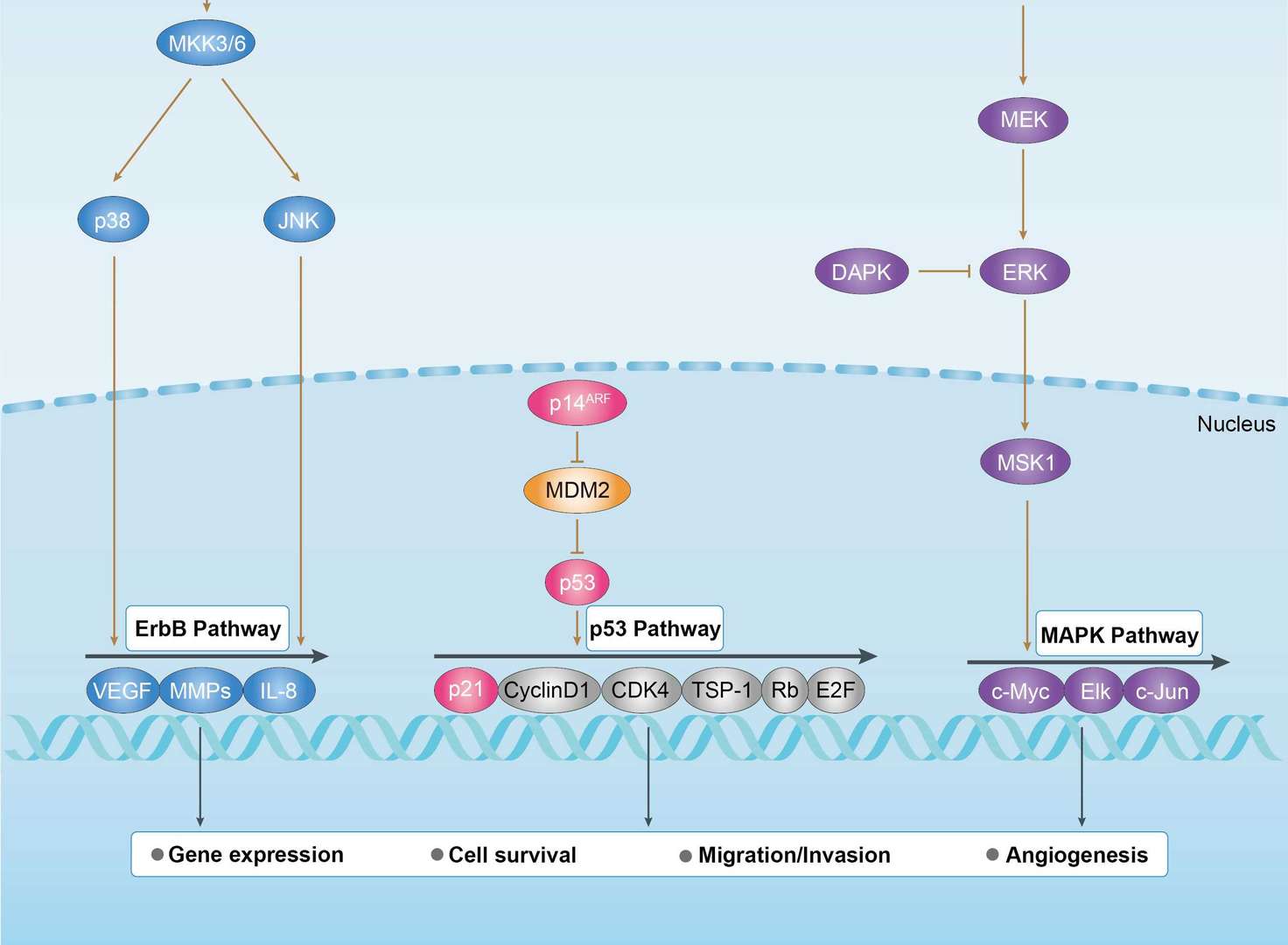 Bladder Cancer
Bladder Cancer
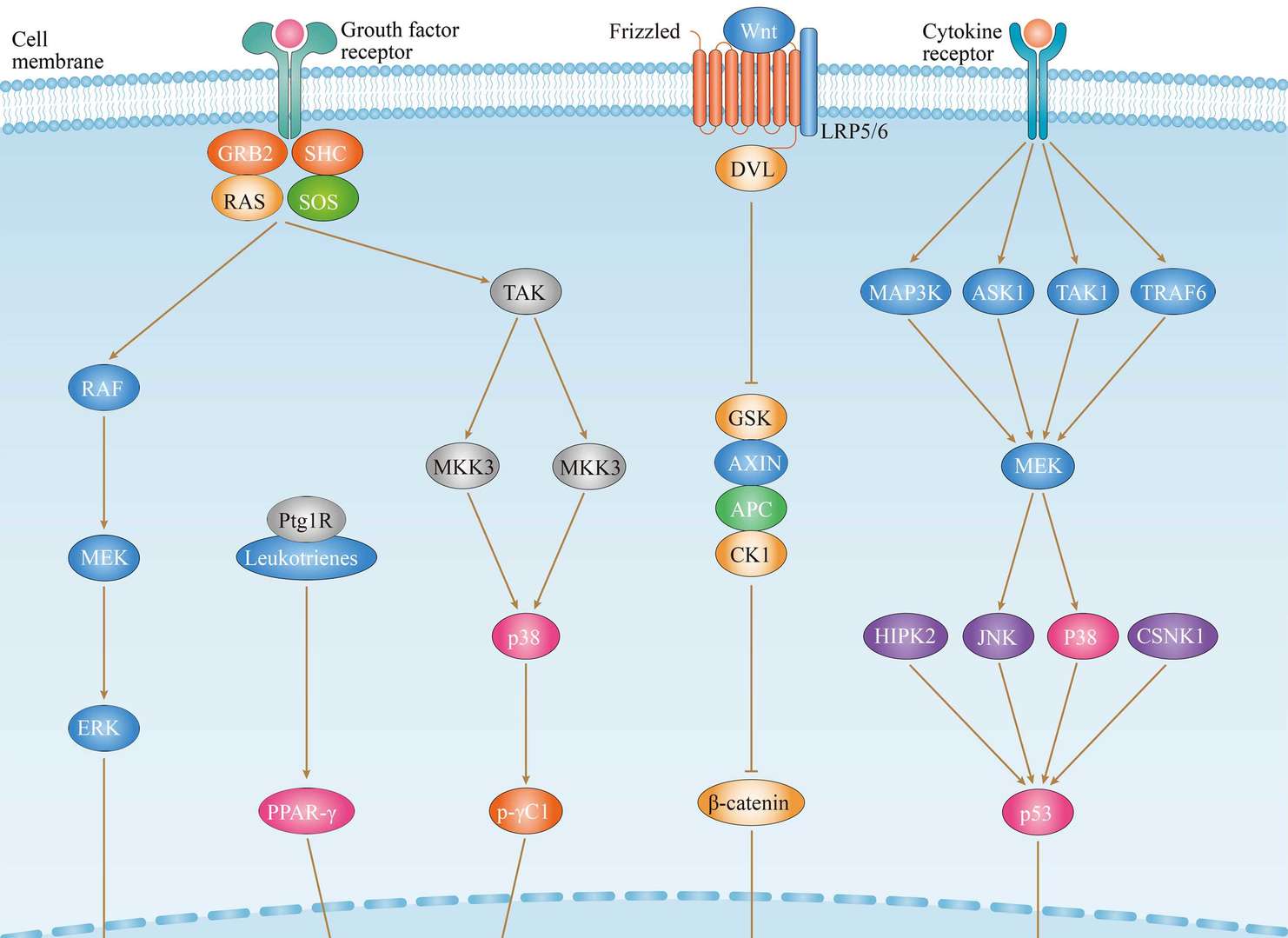 Throid Cancer
Throid Cancer
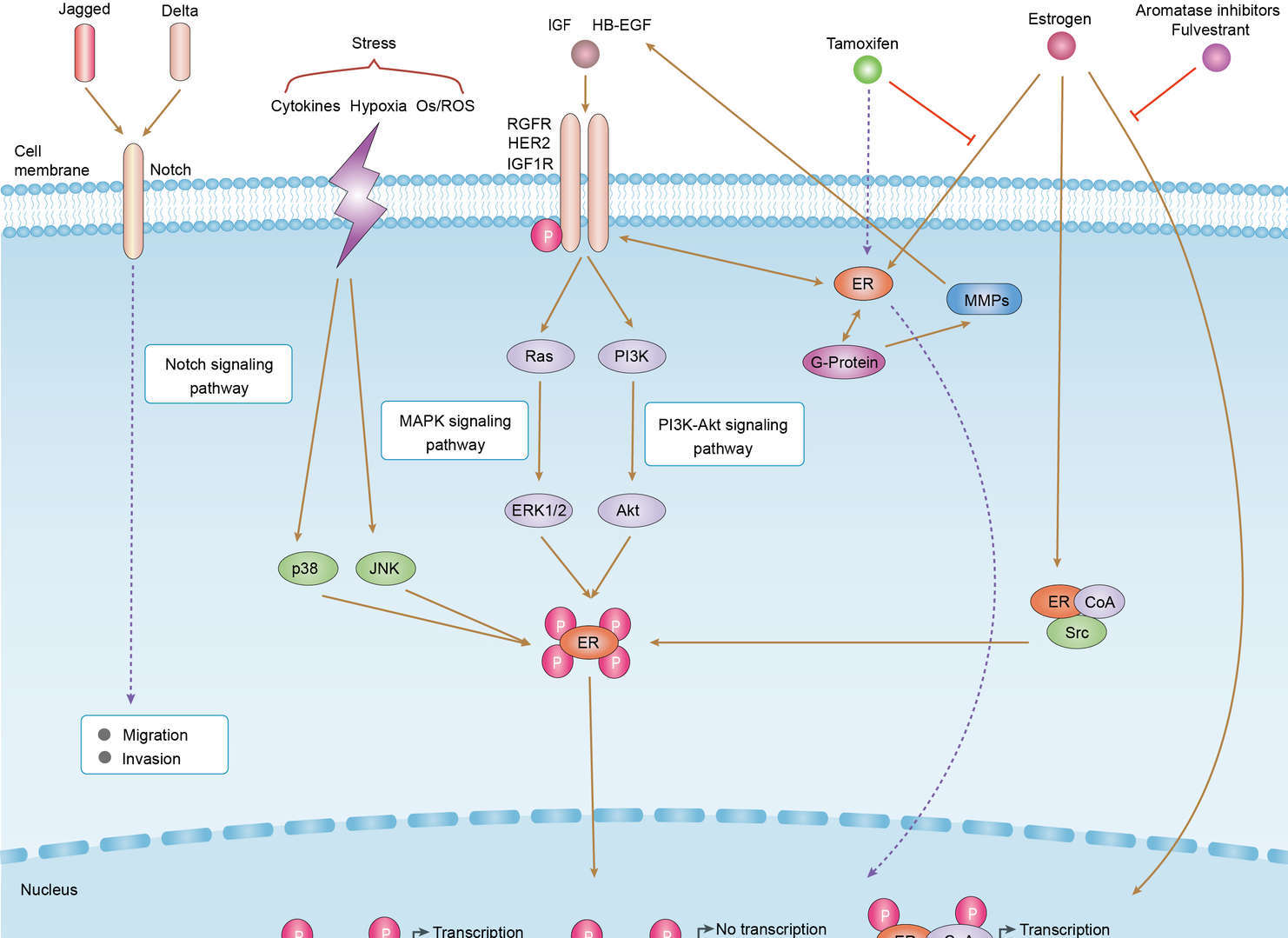 Endocrine Resistance
Endocrine Resistance
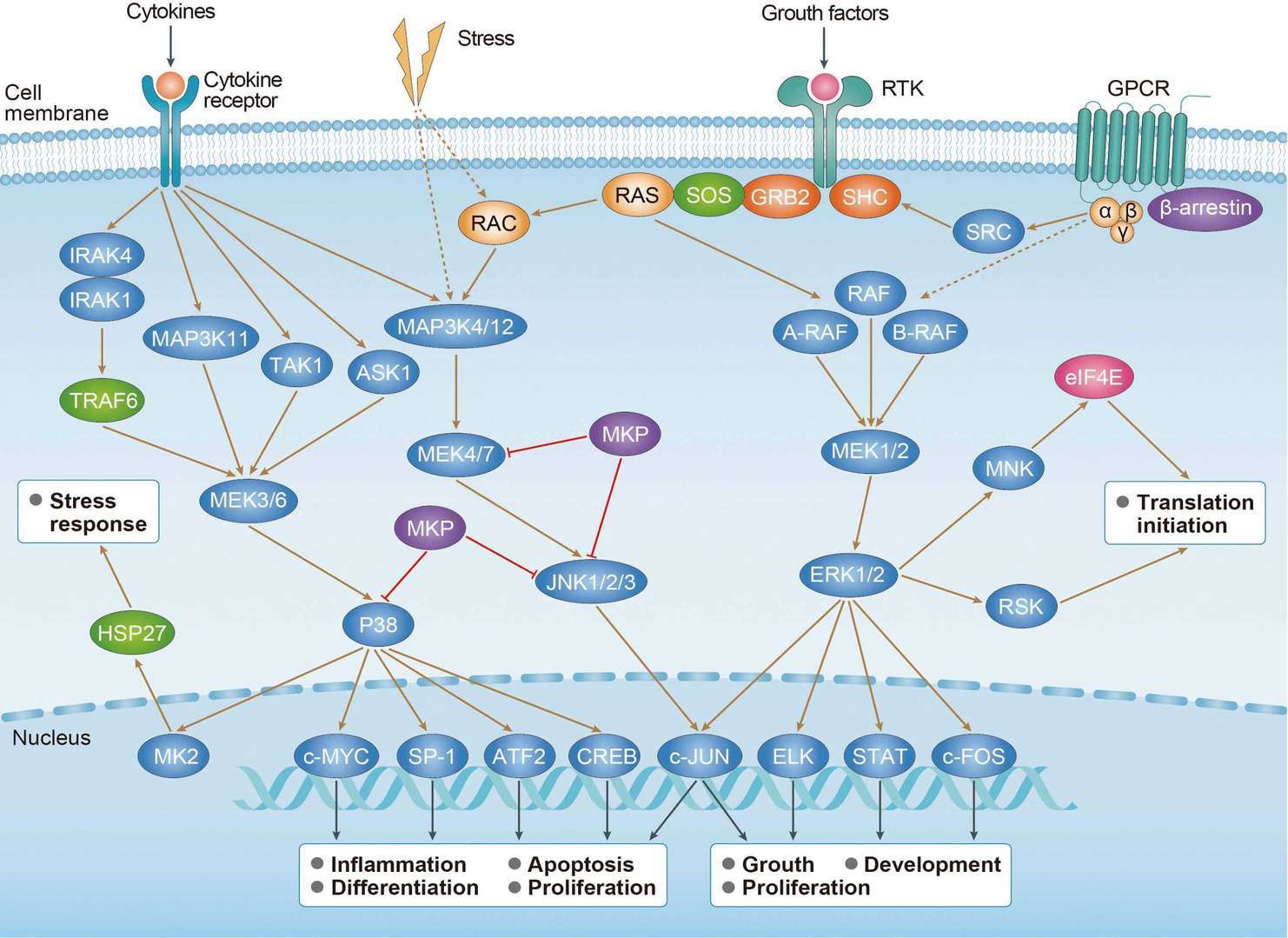 cAMP Signaling Pathway
cAMP Signaling Pathway
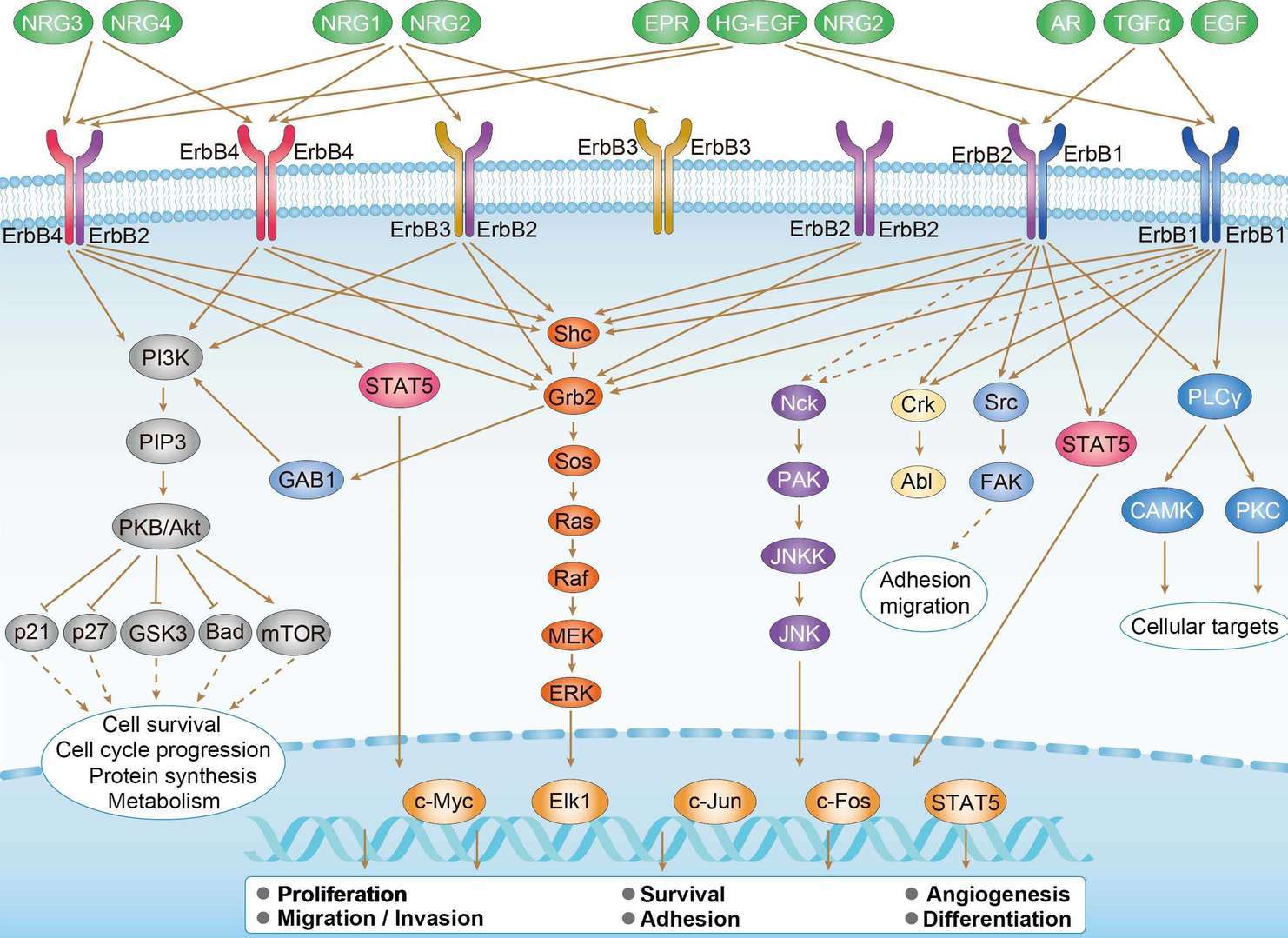 ErbB Signaling Pathway
ErbB Signaling Pathway
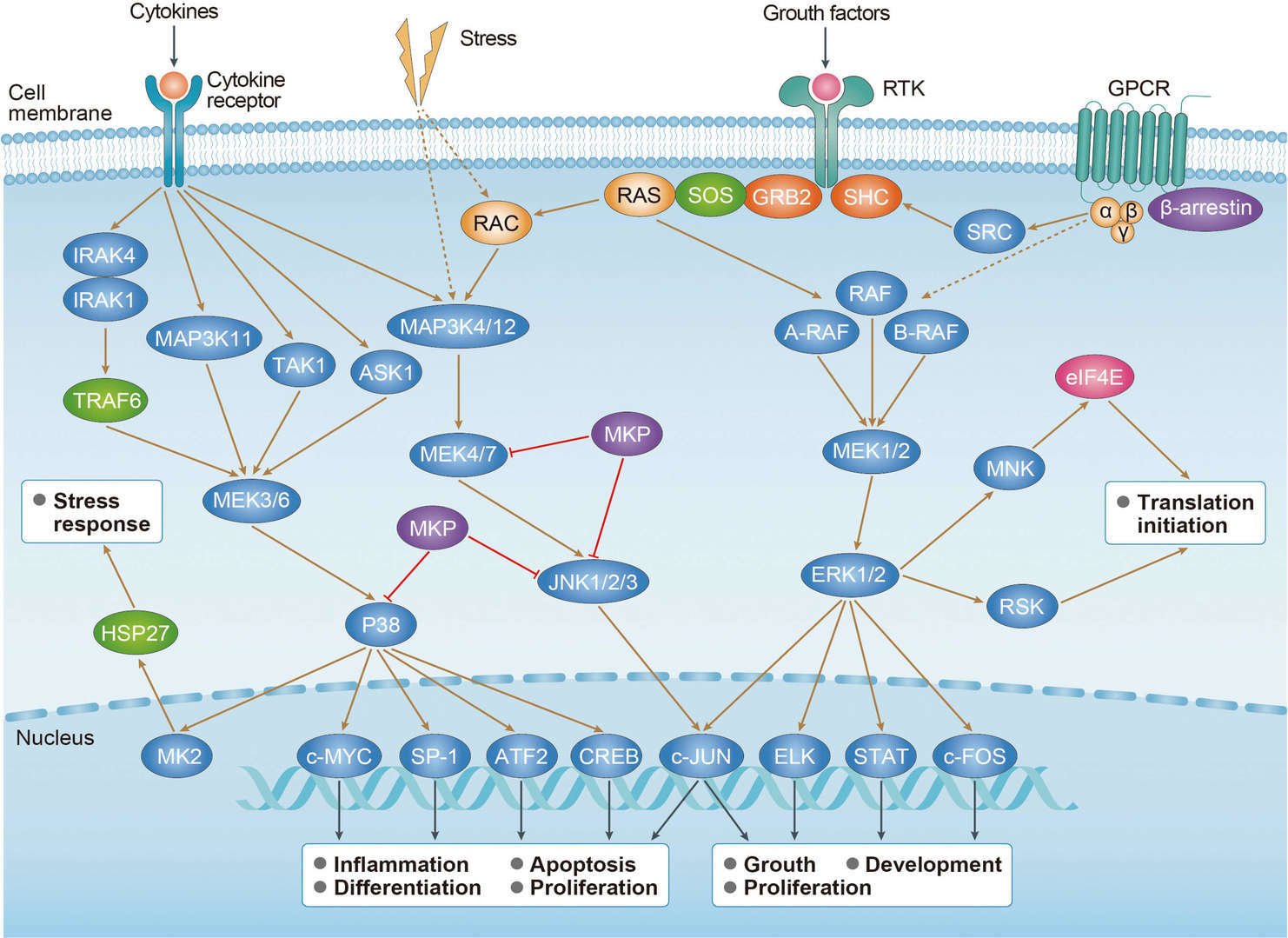 MAPK Signaling Pathway
MAPK Signaling Pathway
















